#18th- 19th century
Photo
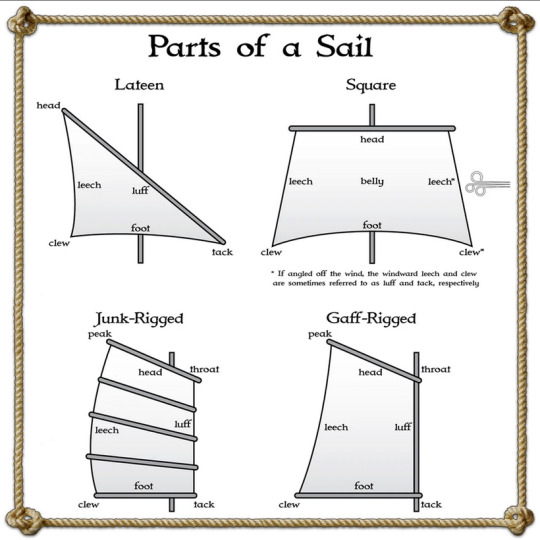

Ship parts
473 notes
·
View notes
Text


Textile Sample Book (French, circa 1840-50).
Woven wool and silk fabrics on paper.
Images and text information courtesy The Met.
6K notes
·
View notes
Photo

Ships logs from 18th/19th centuries vs 1945
4K notes
·
View notes
Text
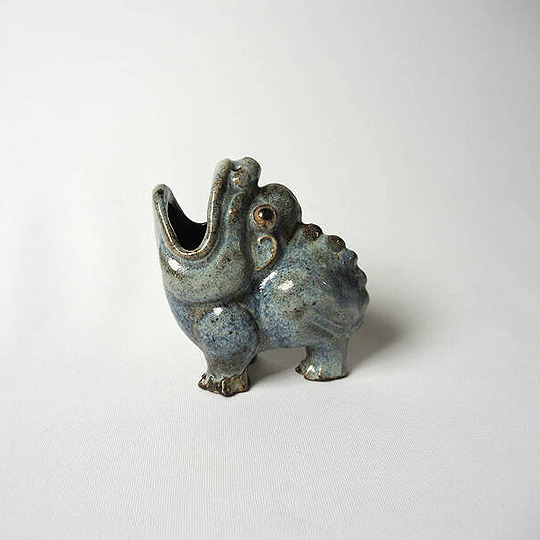

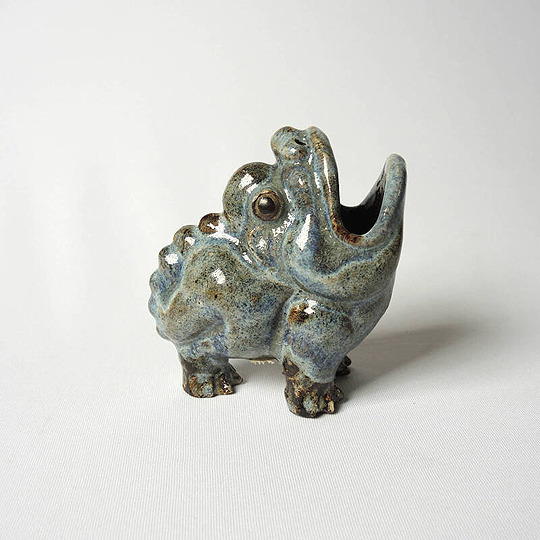
Moon Toad, end of the 18th to 1st half of the 19th century
Guangzhou, China
5K notes
·
View notes
Text
I don't know if you're ready for this BUT American Duchess and the Bata Shoe Museum just launched a collab collection called In Bloom.
They made 3 styles in several colours using 3 styles from the the 18th, 19th and 20th centuries from their current exhibition "In Bloom: Flowers and Footwear", and are currently in pre-sale, with estimated deliveries between July and August 2023.
Let's take a look:
We start at the 18th century with the Primrose shoes, based on their Dunmore model, accurate for 1770s-1790s they are embroidered on satin and are $179 USD while in pre-sale and later will be $199. The original style is in black and pink silk satin, and OF COURSE that's my favourite variation, but the green ones are a close second.



Images from top: 1780s shoes, Bata Shoe Museum / Primrose shoes, American Duchess.
From the 19th century we have this style called Flora, accurate for the late 19th century (1870s-1900), are $230 USD while in pre-sale and later will bee $250. This embroidered boots with satin ribbon laces are probably my favourite style from the collection. Of course my fave colour is black, which is also the colour of the original piece, but the lavender ones are just *chef kiss*:
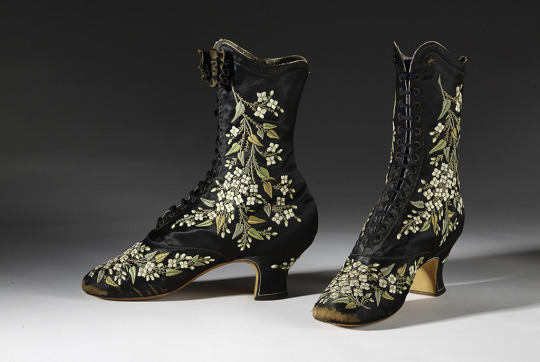


Images from top: the original French embroidered boots by Francois Pinet, late 1870s-early 1880s, Bata Shoe Museum. / Flora boots, American Duchess
Finally, the 20th century style is the Daisy, accurate for the 1920s-1940s. A vintage style full of flowers and colour, this T-strap style is perfect to pair with a simple dress from any decade and have a very decent 6.3cm heel, so you can dance all night in these art deco shoes.
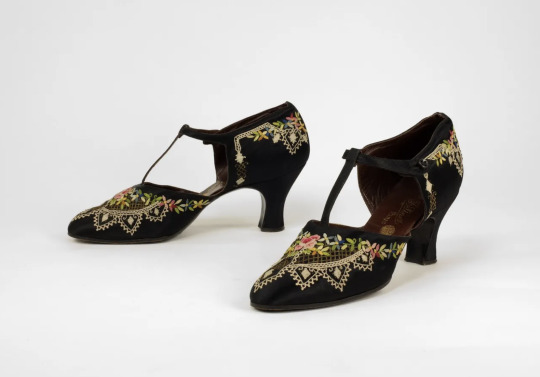
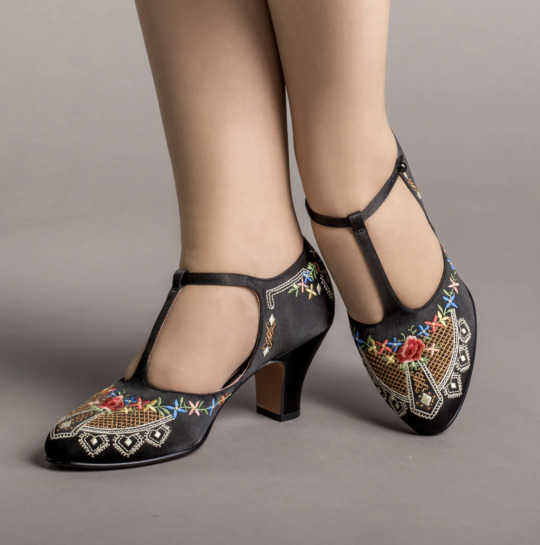
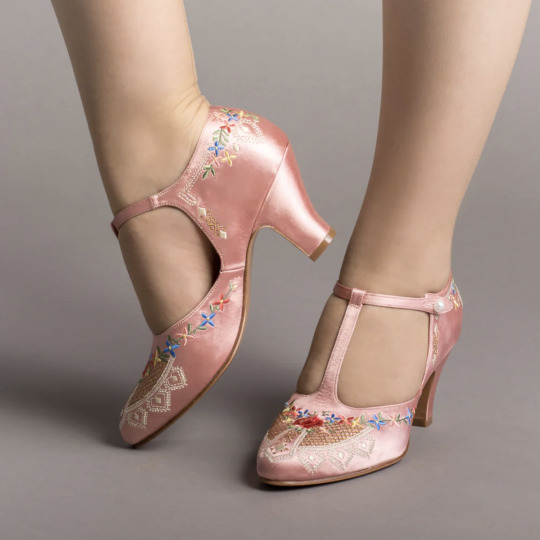
1920s shoes, Bata Shoe Museum / Daisy shoes, American Duchess.
The sales from the In Bloom collection will support The Bata Shoe Museum in their study, outreach, and conservation of historic footwear, and we're here for it.
More info:
"In Bloom: Flowers and Footwear"
Read more about the collaboration at the American Duchess Blog.
Buy the whole collection in pre-sale here.
Which style are you looking for the most?
#shoes#accessories#in bloom#florals#18th century#19th century#20th century#historical shoes#american duchess
8K notes
·
View notes
Text

1790-1810 Habit à la française by unknown maker
silk, velvet, satin
(Amsterdam Museum)
1K notes
·
View notes
Text
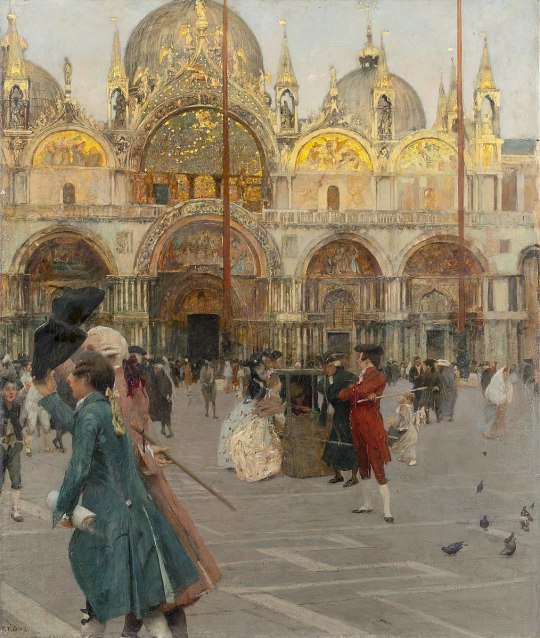
San Marco, eighteenth-century scene; 1892
By Ettore Tito
#art#painting#fine art#classical art#italian art#italian artist#italian painter#19th century art#oil painting#18th century#aesthetic#italy#venice#architecture#san marco#beauty#europe#european art
1K notes
·
View notes
Text
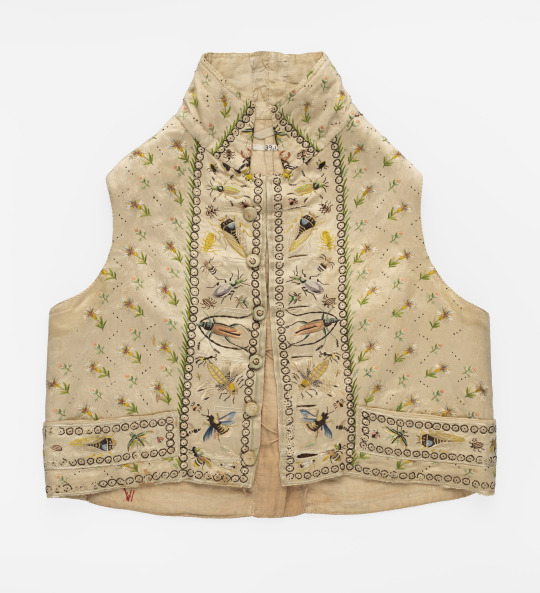
Waistcoat, 1795-1800
From the Metropolitan Museum of Art
805 notes
·
View notes
Text

The Three Graces by Jean-Baptiste Regnault (Late 18th - Early 19th Century)
#jean baptiste regnault#art#paintings#fine art#18th century#18th century art#19th century#19th century art#neoclassical#neoclassical art#neoclassicism#painting#french artist#french art#mythology#greek mythology#three graces#charites#classic art
598 notes
·
View notes
Text
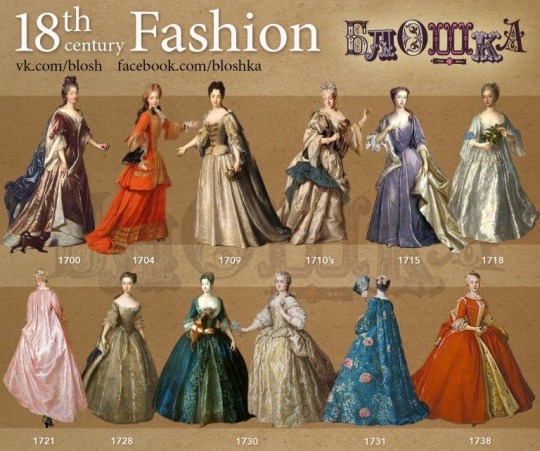

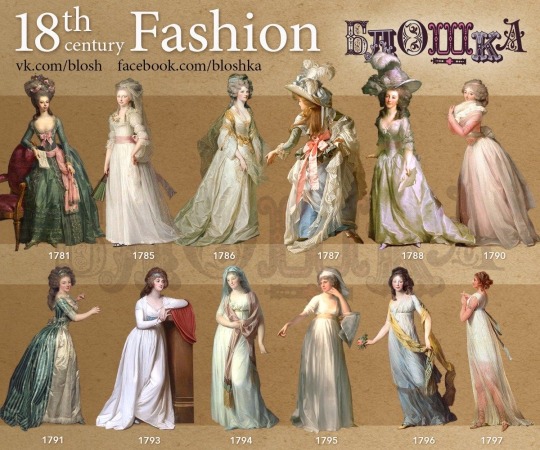
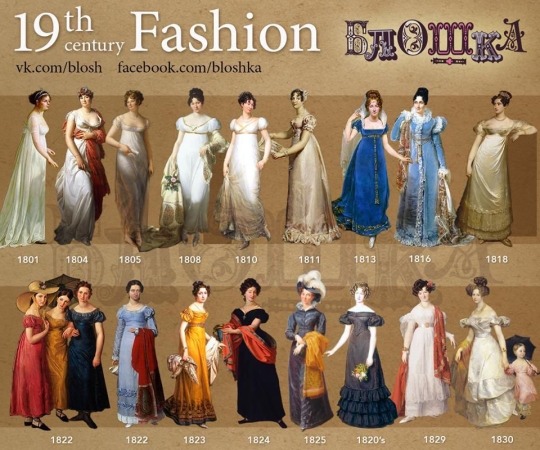
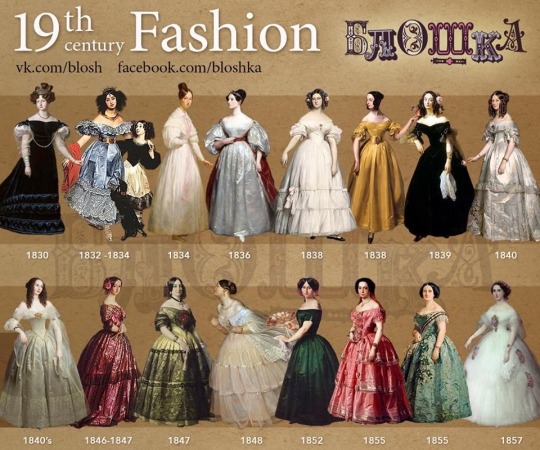
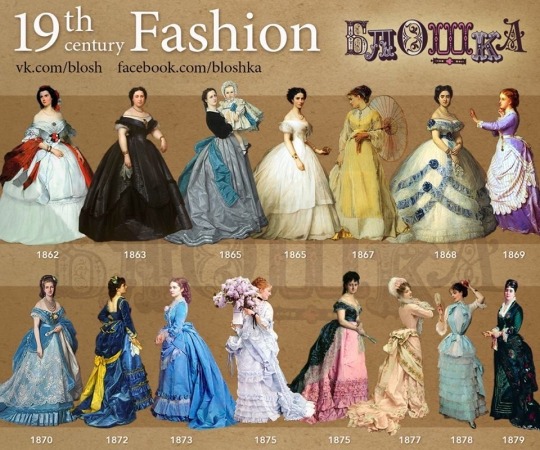
#historical fashion#fashion#historical#history#historical clothing#historical dress#long dress#textiles#dress#high fashion#old fashioned#victorian#19th century fashion#18th century fashion#1800 fashion#1700s fashion
451 notes
·
View notes
Text
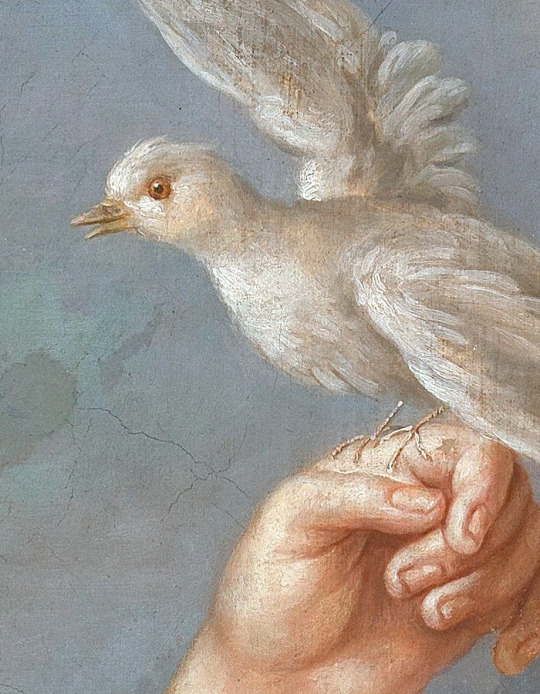
Young Woman with Bird (detail), painted by a follower of Élisabeth Vigée Le Brun (1755-1842), unknown date. Oil on canvas.
#elizabeth vigee le brun#18th century#19th century#art#history#french art#european art#art detail#1700s#1800s
1K notes
·
View notes
Text
Furniture on board a ship
Ships of the 18th and early 19th century were designed as floating gun platforms with an efficient discharge of guns. The fact that people also had to live there, and softly for years at a time, often fell a little behind. But at sea, people were clever and had furniture that was as practical as possible and could be folded up or stowed away as quickly as possible. At least above the waterline. The men didn't have that much space and the first lieutenant didn't always have a lot of room either. As First Lieutenant James Trevenen, HMS Crocodile, 24, guns off Cape Finistere, reported in a letter to his brother on 17 August 1781.

Une Chambre d' Officier à Board, by unknown mid 19th century (x)
My habitation, then is six feet square, which six feet is now completely filled up as an egg. My cot in which i sleep is two feet broad (c.61cm) and fivve and a half long (c.1,65cm), allowing half a foot (c.15cm) on each side for swinging (and this is too little when it blows hard). I wish i had not mentioned the cot, for it blows hard now and bring to memory that i shall have a bad night's sleep. Allowing half a foot then for swinging, my cot will take up just half my cabin and htere will be left six feet by three feet. A very small bureau will take up three feet square, and my chair and myself will pretty well complete the rest of the space. [...]
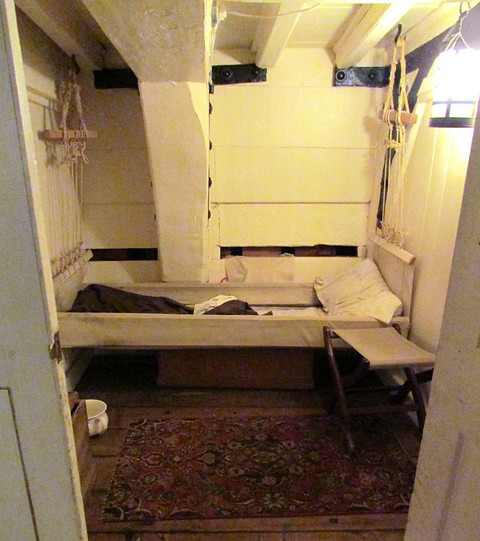
Officer’s cabin with cot, HMS Trincomalee (1817), photo by Simon Cotterill
It wasn't much space, let alone much furniture. But most of those who held the post of first lieutenant had an bureau in their cabin. Everyone else usually had a lapdesk (writing box) to do their writing properly. In addition, there was usually a small table and a chair, and possibly one or two shelves with a border so that the contents did not fly through the cabin. In addition, there was the swinging bunk, the sea chest and, depending on their means, all kinds of furnishings such as carpets, curtains, musical instruments, pictures, books and so on. So one person's cabin looked different from another's.
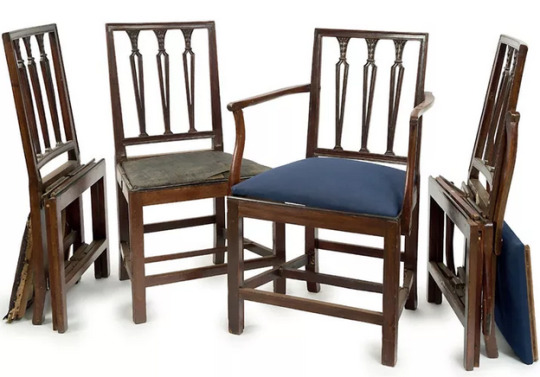
Mahogany naval chairs, 1795 (x)
In the great cabin, in addition to the office, the swinging cot and possibly one or two chests of drawers, there was also a large table and matching chairs. Depending on the type, these chairs could have been foldable or simply solidly made. The table might also have had folding or unscrewable legs. But many were also simply solid.

Admiral’s great cabin aboard HMS Victory - the walls are lifted up
All the furniture was made of mahogany, moveable and able to be lashed and, with a few exceptions, was provided by the Navy Board as fixed furnishings.

Captain’s day cabin abord HMS Victory (x)
Private items also had to be purchased privately and brought on board. These included the lieutenants' chests of drawers, washstands, sofas and harbour beds (these were folding beds used mostly in the harbour - Nelson had one of these).

Nelson’s portable bed (x)
If everything had to be cleared during a battle, the partition walls were hauled out or lifted up under the ceiling. All furniture and personal belongings had to be moved to the hold so that they would not be damaged. And hopefully they did, although it often happened that the good furniture was damaged. When the battle was over, everything was put back in its place and everyday life resumed.
328 notes
·
View notes
Text

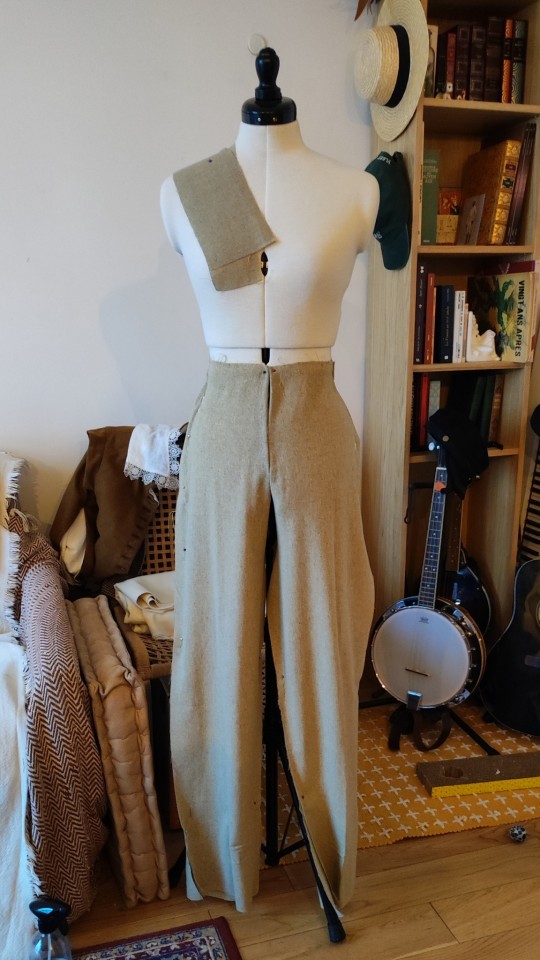
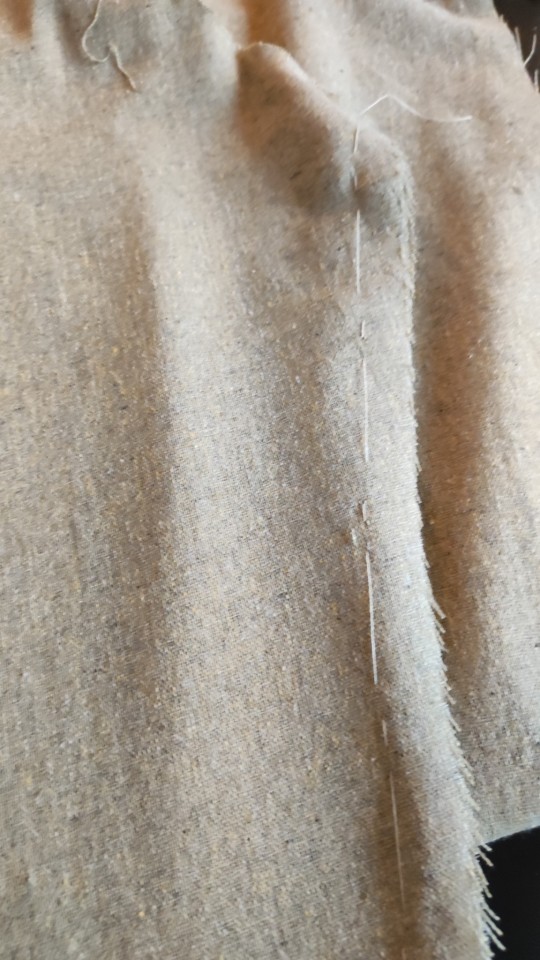

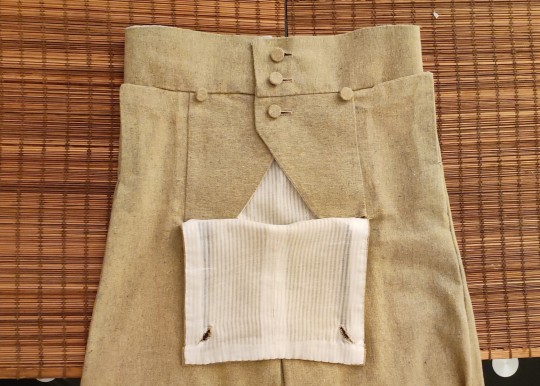
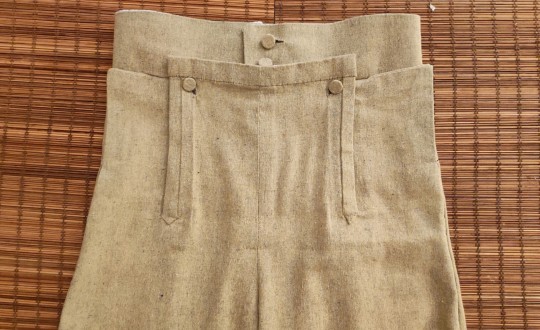
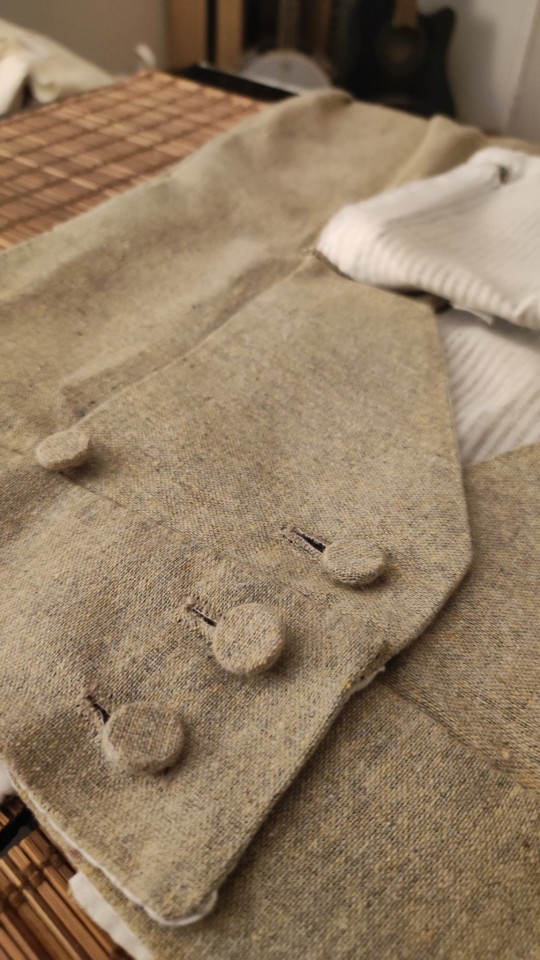
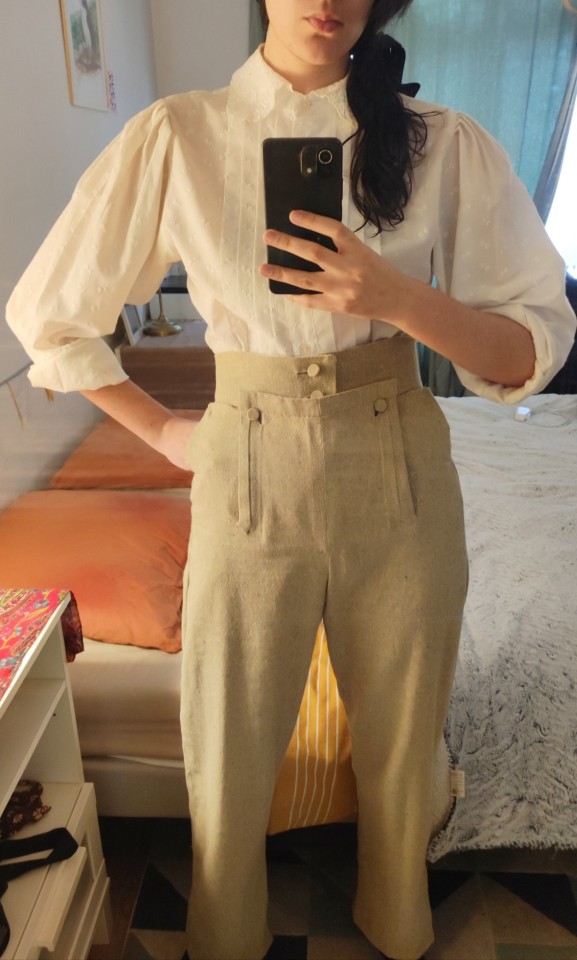
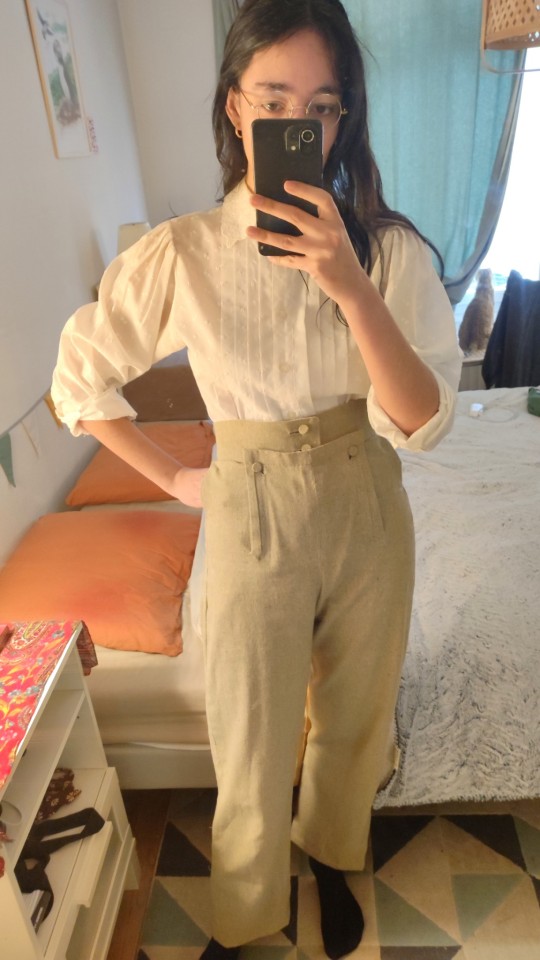
Entering my sans-culotte era babes
#historical fashion#sewing#tailoring#frev#historical costuming#history bounding#19th century#18th century
4K notes
·
View notes
Text

Buckle. Chinese origin, dated mid to late Qing Dynasty era (about 1700–1911). Medium is abraded jade with pink and yellow tourmaline. Dimensions: 3.81 x 11.11 x 2.22 cm. From the Chinese Art collection at the Los Angeles County Museum of Art, object number: M.2001.179.26
(Source: collections.lacma.org)
#buckle#clasp#jewelry#fashion#18th century#19th century#qing dynasty#chinese design#stone#jade#tourmaline#pink#yellow
597 notes
·
View notes
Photo
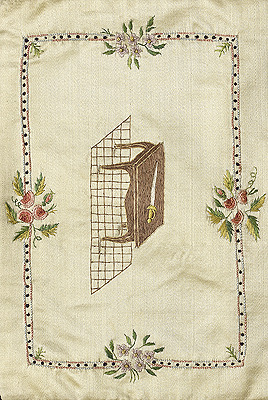


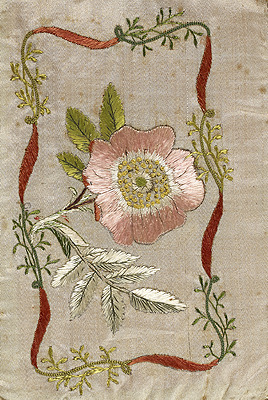

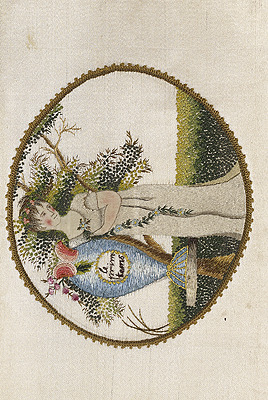
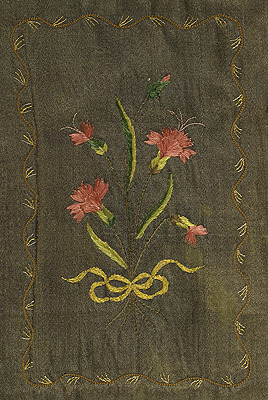

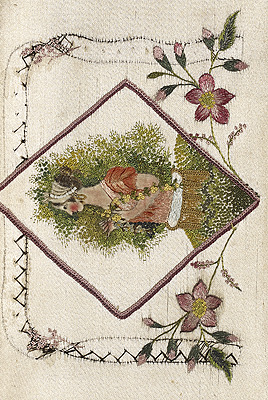
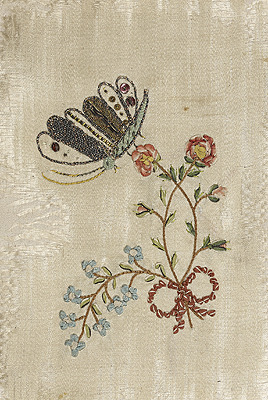
embroidered silk wallets, 1770-1820
The National Museum of Finland
7K notes
·
View notes
Text
#TextileTuesday:
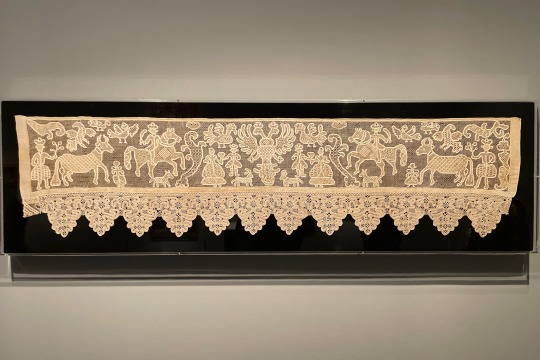
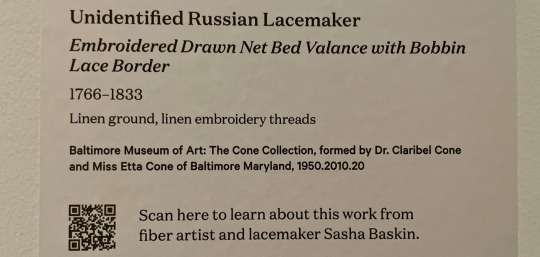


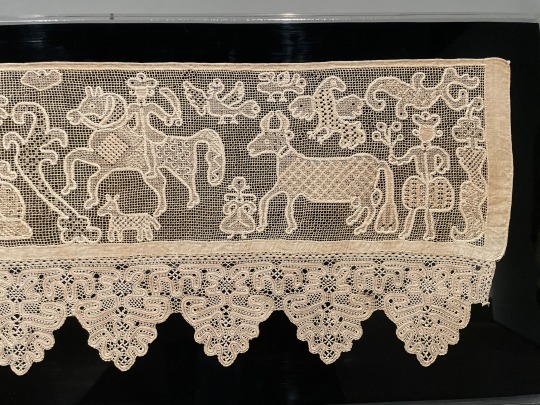
Embroidered Drawn Net Bed Valance with Bobbin Lace Border
Russian, 1766-1833
Linen ground, linen embroidery threads
The Cone Collection, BMA
on display at “Making Her Mark: A History of #WomenArtists in Europe, 1400-1800” exhibition at Baltimore Museum of Art
#animals in art#european art#museum visit#Russian art#18th century art#19th century art#Textile Tuesday#double eagle#textiles#lacework#embroidery#exhibition#women artists#Cone Collection
650 notes
·
View notes